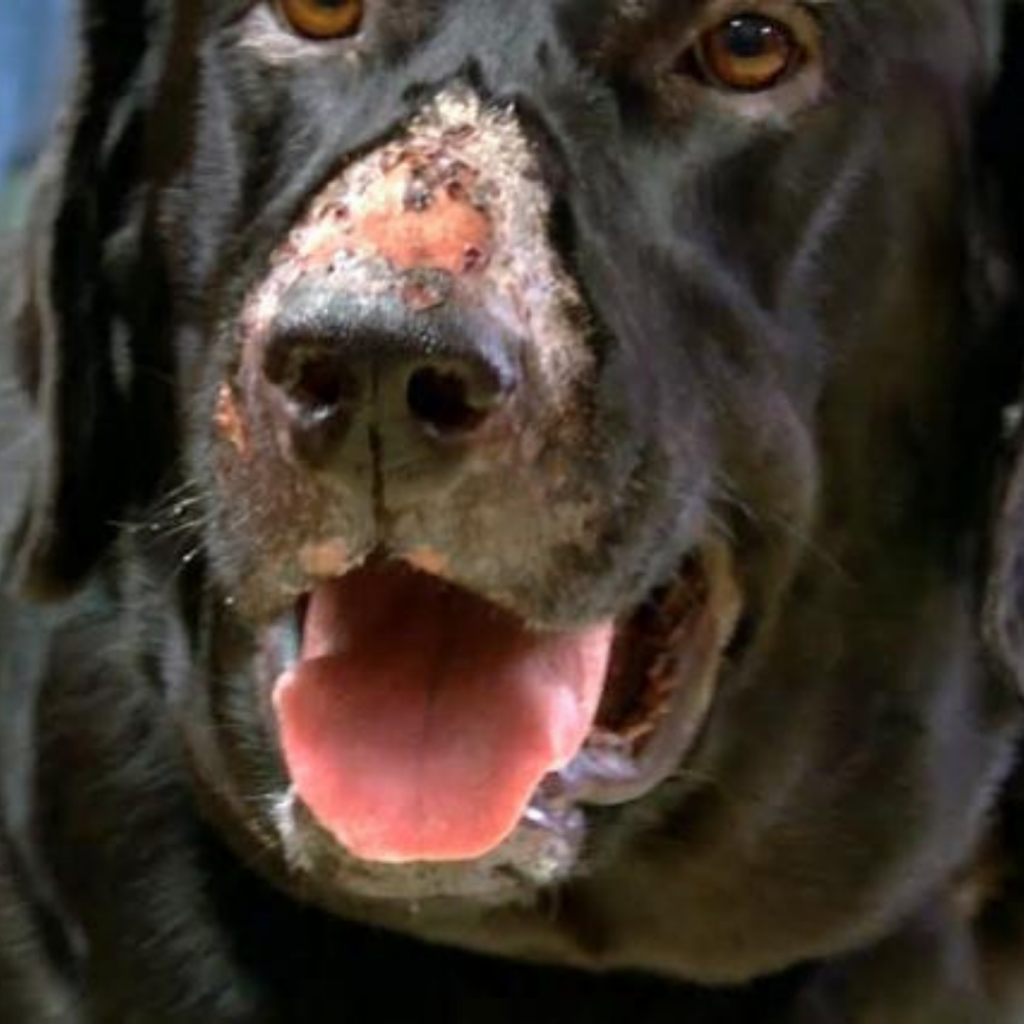Health Information
Harmful Foods
Chocolate can cause seizures and death. Dark chocolate is more toxic than milk or white chocolate.
Grapes, Raisins and currents – can cause kidney failure.
Nuts, especially Macadamia and walnuts affects the nervous system and can cause lethargy, vomiting and difficulty walking.
Avocado contains persin and can cause vomiting and diarrhoea.
Onions, garlic and leeks can be toxic in dogs and cats. When chewed or swallowed, these ingredients can cause anaemia and stomach upset.
Caffeine is toxic to a dogs heart and nervous system and can cause vomiting and diarrhoea.
Xylitol is a common sugar substitute that can be toxic to dogs in even small amounts and it can be fatal. It’s regularly found in sugar-free chewing gum, toothpaste, mouthwash, vitamin supplements and in a small handful of peanut butter brands.
If you suspect that your dog has eaten something containing xylitol, you need to get them to the vets straight away as it can be absorbed into the blood stream rapidly.
Xylitol can cause blood sugar levels to plummet as well as liver damage. Even small amounts can be fatal so early veterinary intervention is crucial. Ensure all products containing xylitol are well out of the reach of pets.
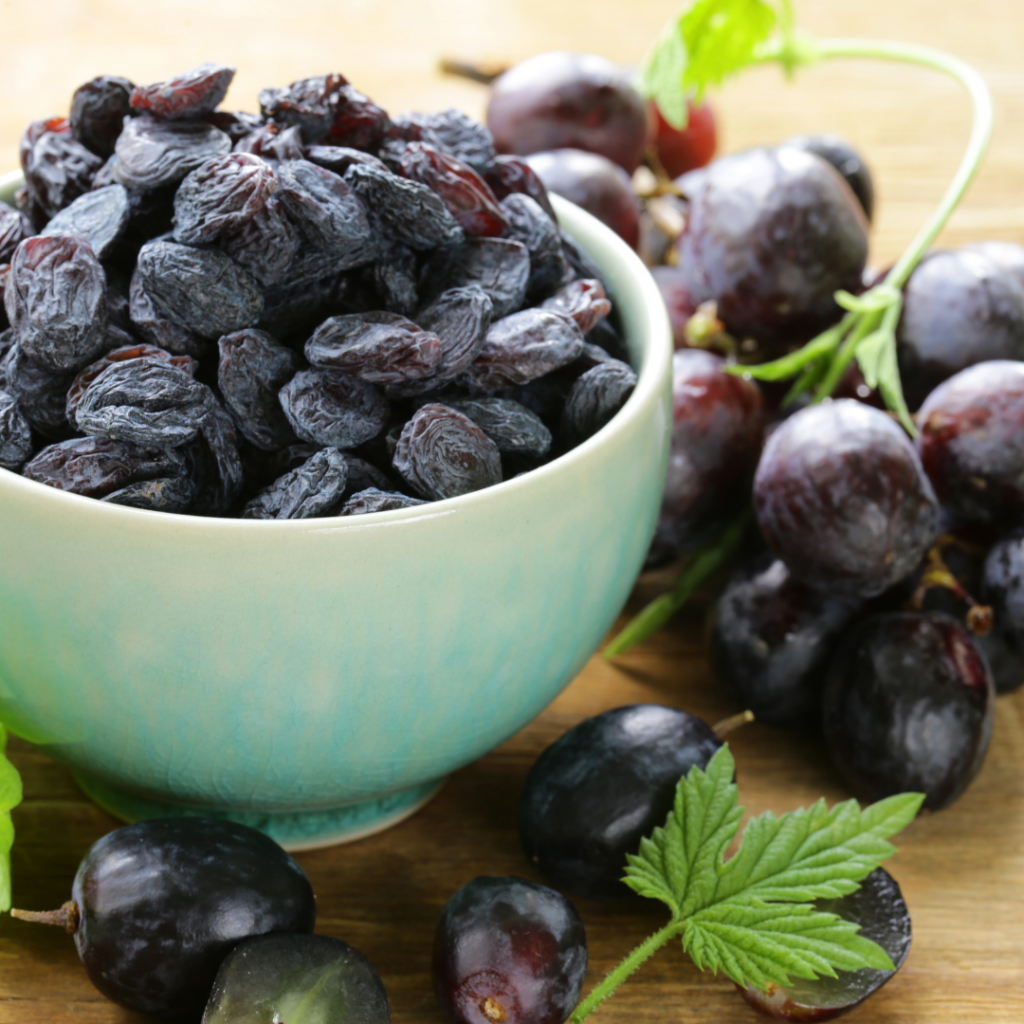
Household Products
Dogs are naturally inquisitive and will nose their way into cupboards which may contain harmful products such as detergents, fabric softener, bleach etc. so keep your cupboard doors closed at all times or keep harmful products out of reach.
Batteries are toxic and very harmful if swallowed. they will cause ulcers in the mouth, oesophagus and stomach.
Most Lilies can be harmful. Lilies of the valley can cause heart rhythm problems and death.
Prescription and non-prescription medicines. Even in small doses of pills such as Ibuprofen can be extremely harmful to dogs. It is generally accepted that all medicines should be kept safe and secure.

In the Garden
If you use rat or mouse poisons, slug pellets, weed killers or fertilisers in your garden keep your dog indoors until it is safe to allow them back in the garden (read the label) Always keep these products in a locked secure place so that they are out of harms way for your pet.
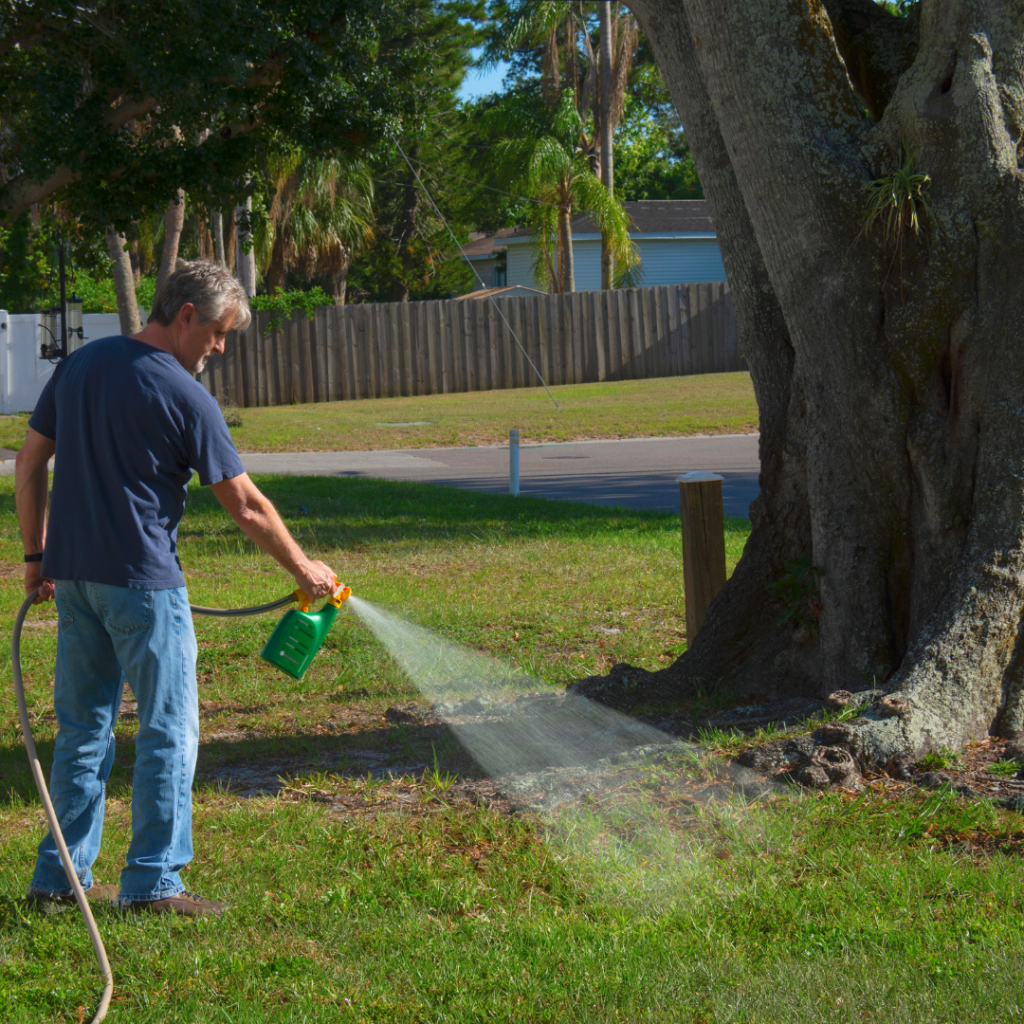
Dog Theft
There have been reports of dog thefts all over the country and it is becoming more and more common and organised!
Dogs are being stolen whilst out on walks, from cars, from gardens and from outside shops. It is not just pedigree dogs that are being targeted. Dog thieves appear to be either selling the dogs on, holding them to ransom for a financial reward or horrifically the dogs are used as bait in dog fighting rings.
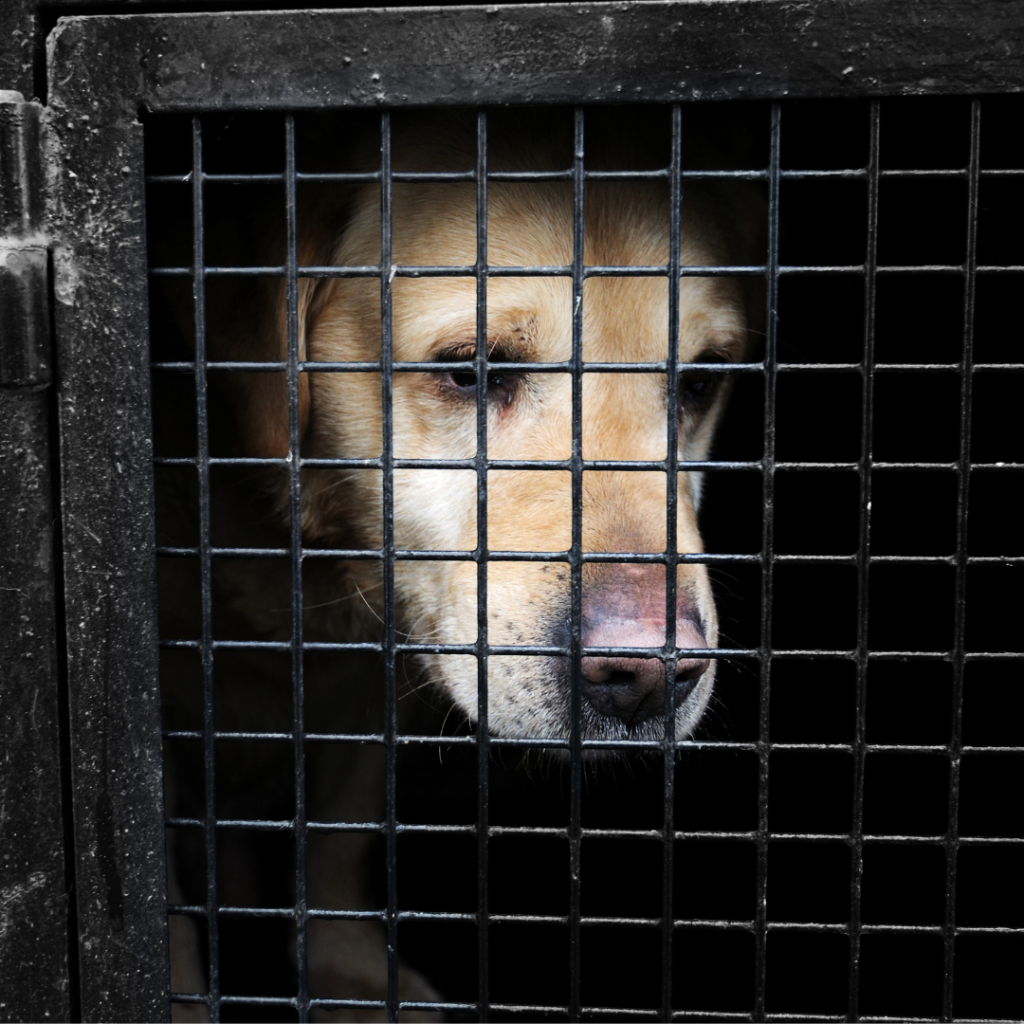
Dogs & The Heat
Dogs will react to excessive heat very quickly. Some signs to recognise as your dog is starting to become overheated include, whining, fidgeting, and as they pant the tongue extends much further than normal and may be scooped at the end like a big spoon with slimy drool at the tip. If you can cool them off at this point, you can avoid the harsher condition of heat stroke which is very serious and can be fatal. See “What to do” below.
Heatstroke symptoms include:
- Rapid, sometimes frantic, excessive panting
- Tongue and mucus membranes are bright pink or red and the saliva is thick and tenacious (drooling does not mean that your dog is hydrated! Check the consistency of the drool!)
- Vomiting and sometimes diarrhoea that can be bloody
- Unsteady, staggering gait
- Nose and ears dry and hot to the touch
- Body (rectal) temperature is 104 degrees or higher
What to do:
- Move your dog to the shade
- Drinking cool water alone will not fix the problem! Do not let your dog guzzle large amounts of water at a time.
- Immerse your dog in cool NOT icy cold water. Use a garden hose or bucket to cool the undersides including the groin and arm pits. Use a wet towel or bandana to cool underside if a hose is unavailable
- Pack ice in wet towels and use on underside and head to help cool dog
- Get the dog to a vet! Even after he seems to be cooled down!
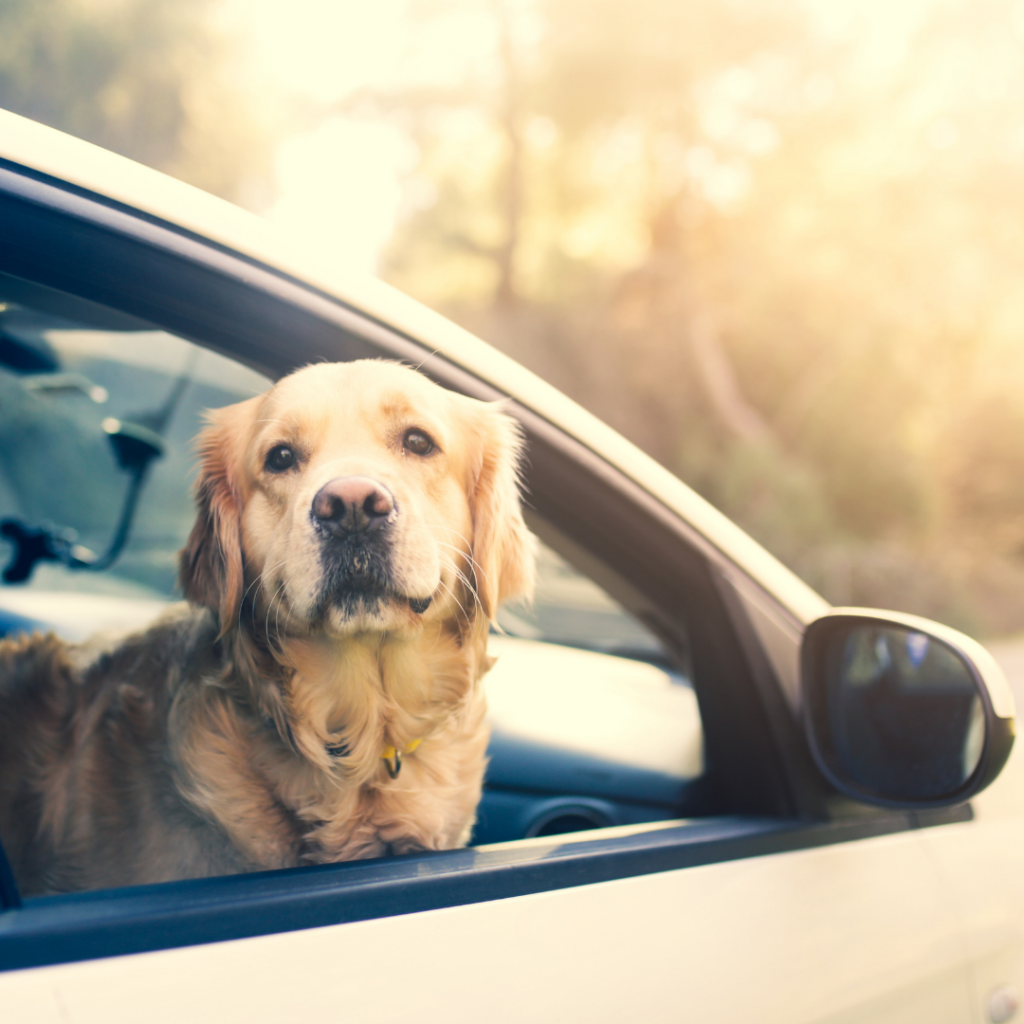
Blue-Green Algae
Blooms of blue-green algae can produce harmful toxins which stop a dog’s liver from functioning properly.
Exposure to toxic blue-green algae is often fatal, and can also cause long term health problems in dogs that survive after drinking or swimming in algae-contaminated water. Some types of blue-green algae can kill a dog just 15 minutes to an hour after drinking contaminated water.
Dogs who have been swimming in water can get the algae caught in their fur, and can ingest it while cleaning themselves later on.
Concentrations of the algae vary throughout the year and may not always be harmful – but you can’t tell simply by looking at them whether or not they are dangerous, so it is best not to run the risk of allowing your dog to come into contact with water where the algae may be present.
Keep your dog away from lakes and ponds that you know, or suspect may, contain blue-green algae.
Dogs should not be allowed to swim or paddle in water that contains blue-green algae.
Don’t let dogs drink from water that may have blue-green algae in. Because the wind often blows blooms of algae to the edges of ponds or lakes, higher concentrations of the toxin are more likely to be present in the parts of the water your dog may drink from.
Take note of signs warning of the algae during dog walks and follow the information given.
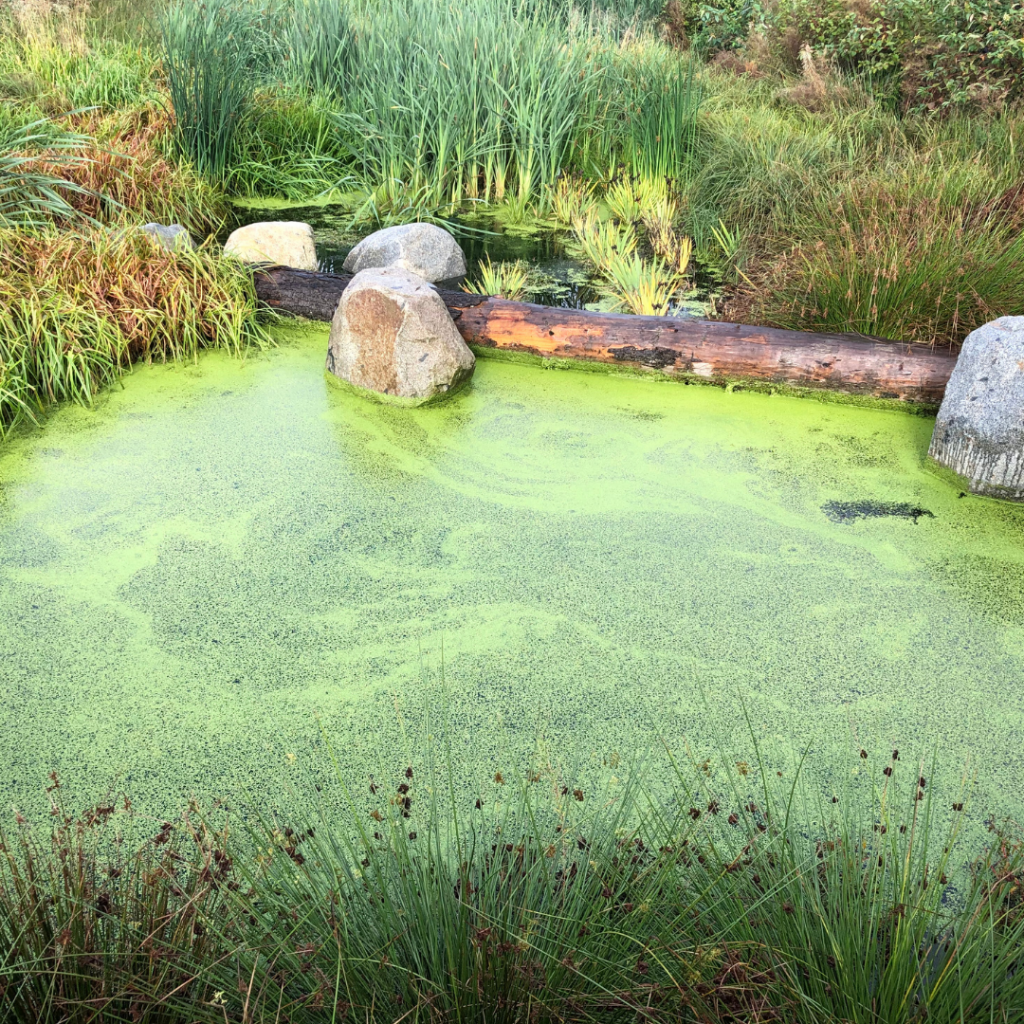
Ticks
Ticks are spider-like, egg-shaped, blood-sucking creepy crawlies. They have eight legs and vary in size from about 1mm to 1cm long. Adult ticks look a bit like small spiders.
Ticks are common in woodland, grassland and heath areas, but can also be found in your garden if you live in an area with lots of wildlife. You are most likely to come across them in areas with lots of deer or sheep.
You are most likely to come across ticks between spring and autumn, but they are active throughout the year.
Ticks don’t fly or jump, but climb or drop on to your dog’s coat when you brush past the area they are sitting in.
Always check your dog and yourself for ticks after a walk and remove them quickly. Removing a tick can be tricky, as you need to be careful not to squeeze the tick’s body, or allow its head to get stuck inside your dog. Squeezing a tick’s body can cause it to expel blood back into your dog, increasing the risk of infection.
Twisting them off your dog is the best removal method, and pet shops sell handy tick-removal devices to make this easier.
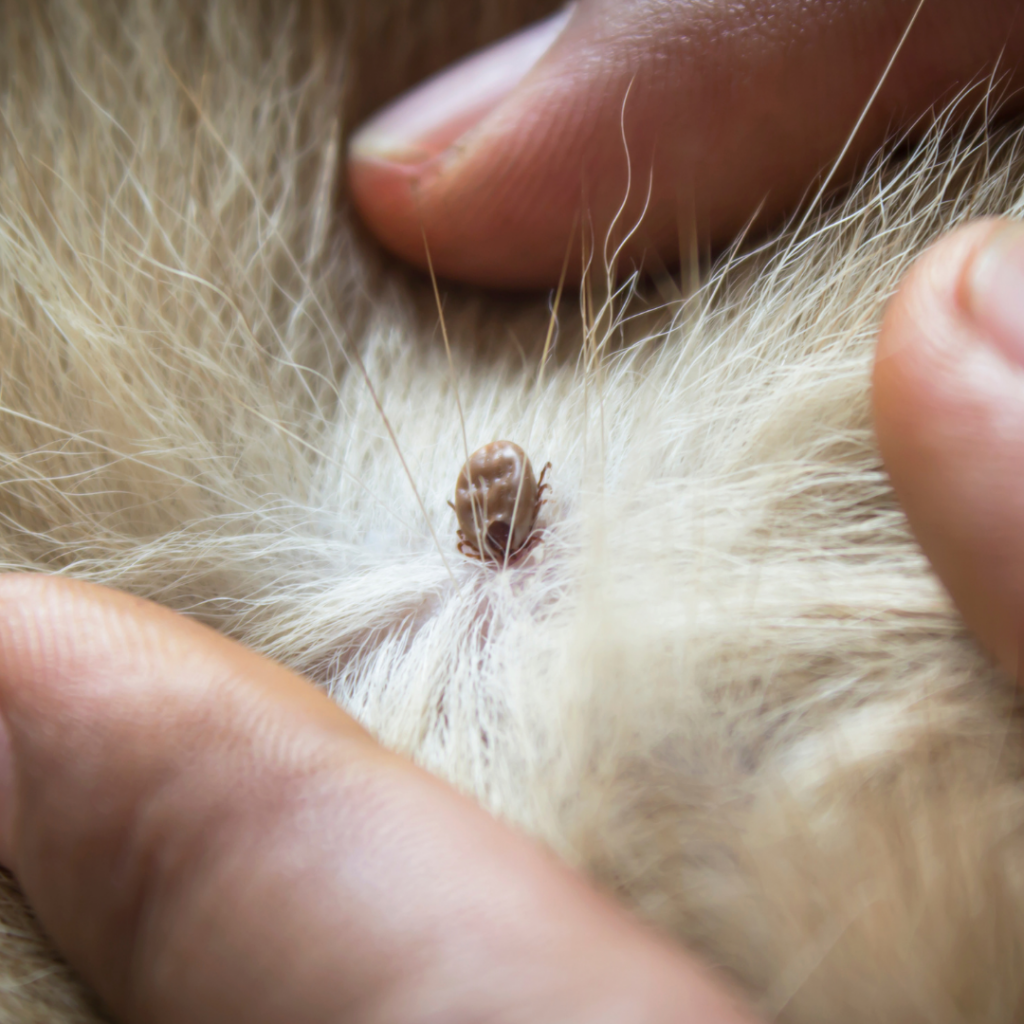
Drinking From Puddles
Dogs don’t mind where they get a drink, but drinking from puddles can pose some serious health problems as puddles may contain contaminants such as insecticide, fertiliser, animal feaces and bacteria. In warmer weather insects, slugs and snails start their life cycles by laying eggs in standing water and a lot of diseases are transmitted that way.
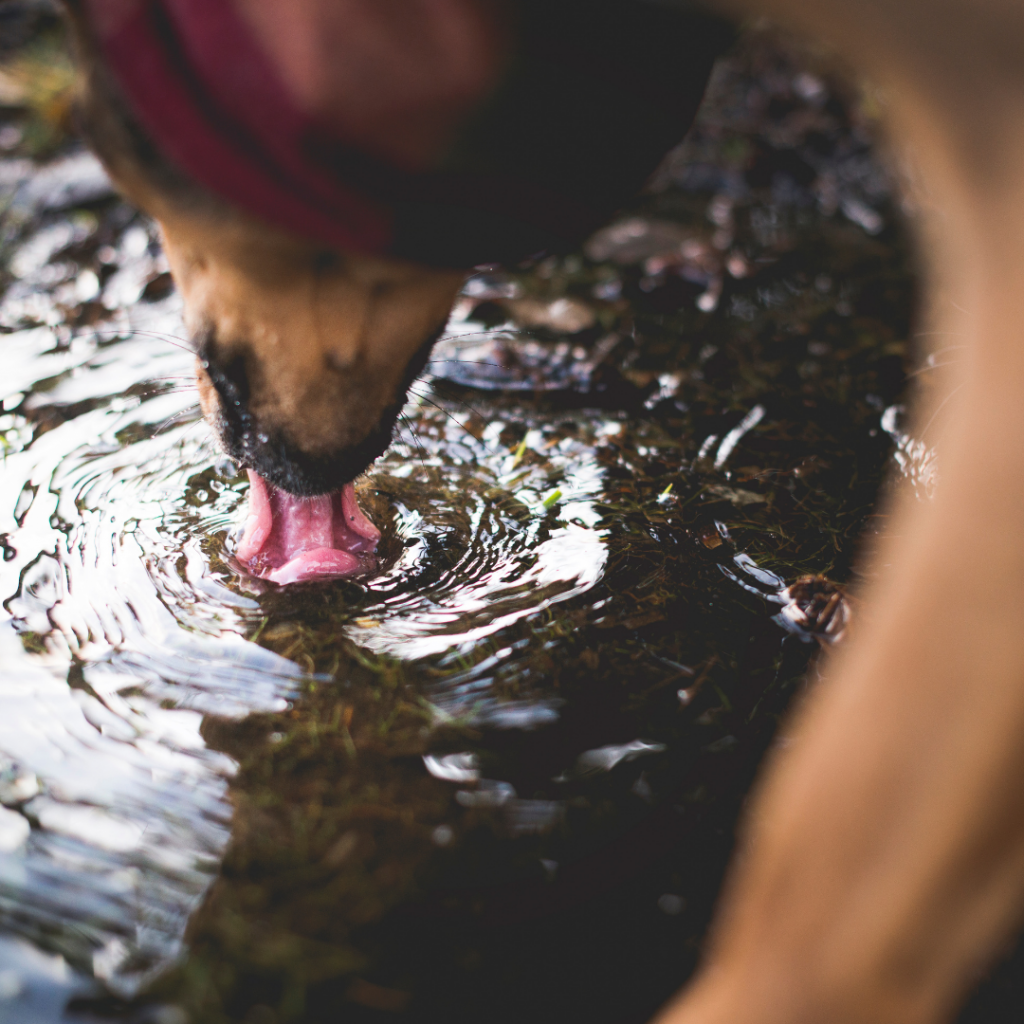
Alabama Rot
Alabama Rot is rare in the UK, but it is on the increase and therefore, worth understanding what it is.
What is Alabama rot?
Alabama rot, also known as CRGV (Cutaneous and Renal Glomerular Vasculopathy), is a very rare potentially life-threatening disease that blocks and damages the blood vessels in a dog’s skin and kidneys. Affected dogs will often develop ulcers or sores on the bottom part of their legs and will go on to develop kidney failure, which is often fatal. At the moment the only way to confirm Alabama rot is by analysing tissue from the dog’s kidney after it has died.
Alabama Rot is rare and when it was first noticed, most of the cases appeared to be around the New Forest area. Since then, affected dogs have been found throughout the UK.
For further information please visit the Kennel Club website https://www.thekennelclub.org.uk/health/for-owners/alabama-rot/
